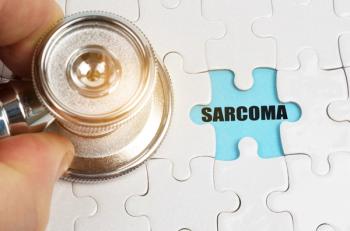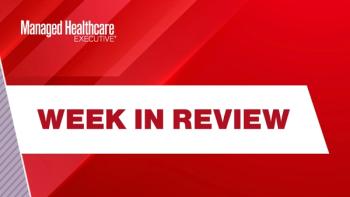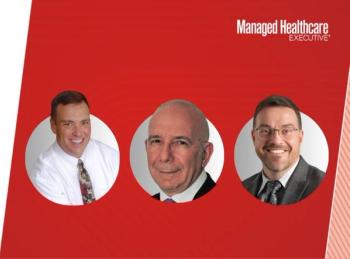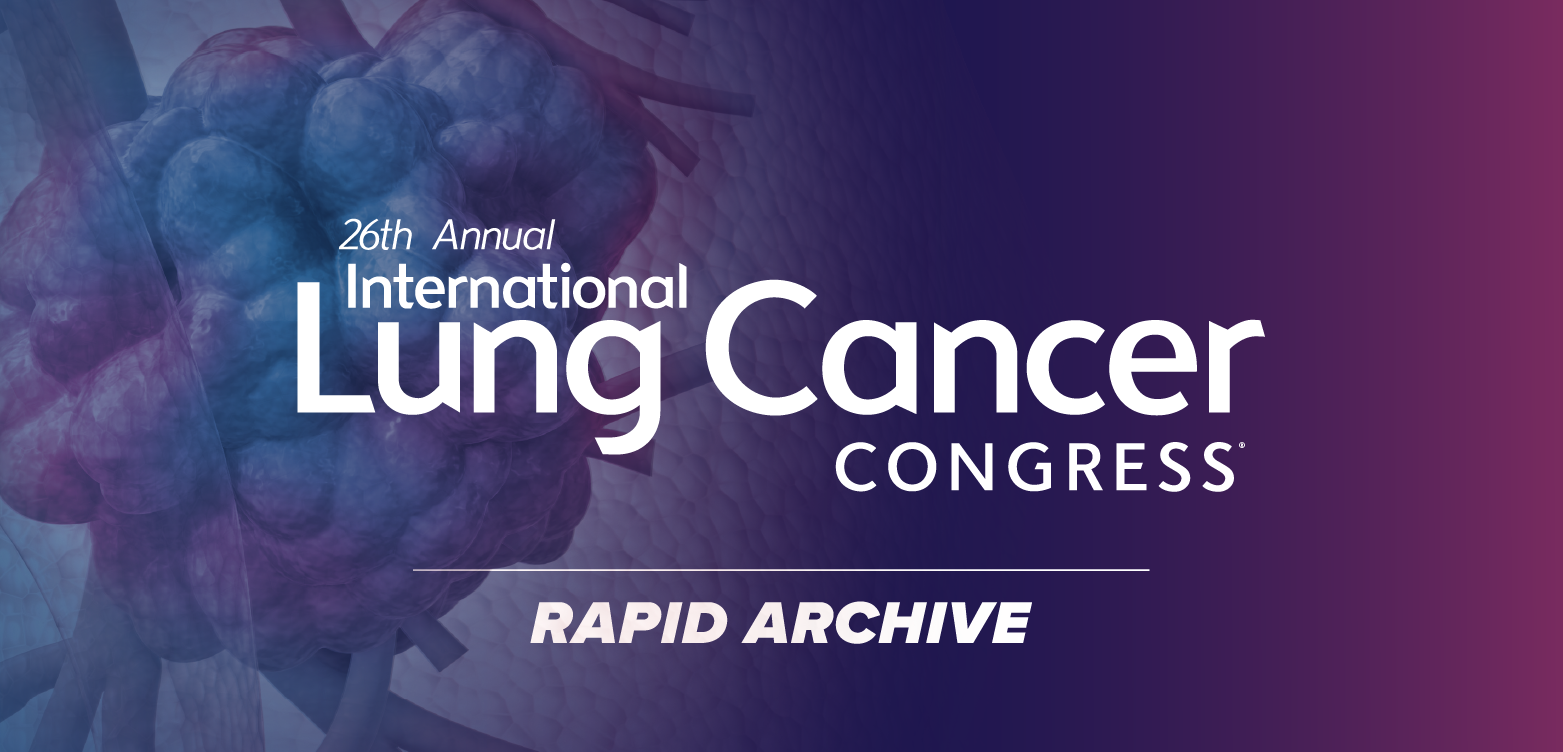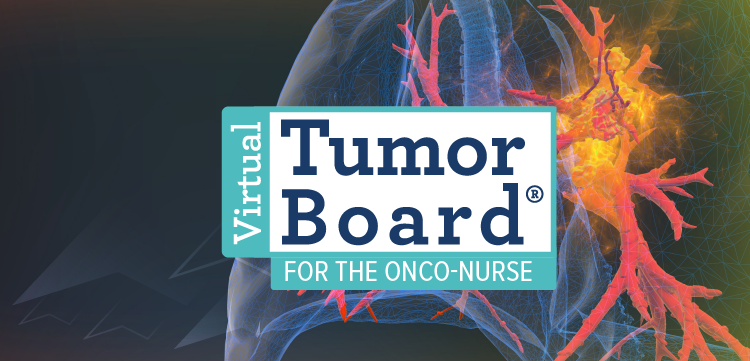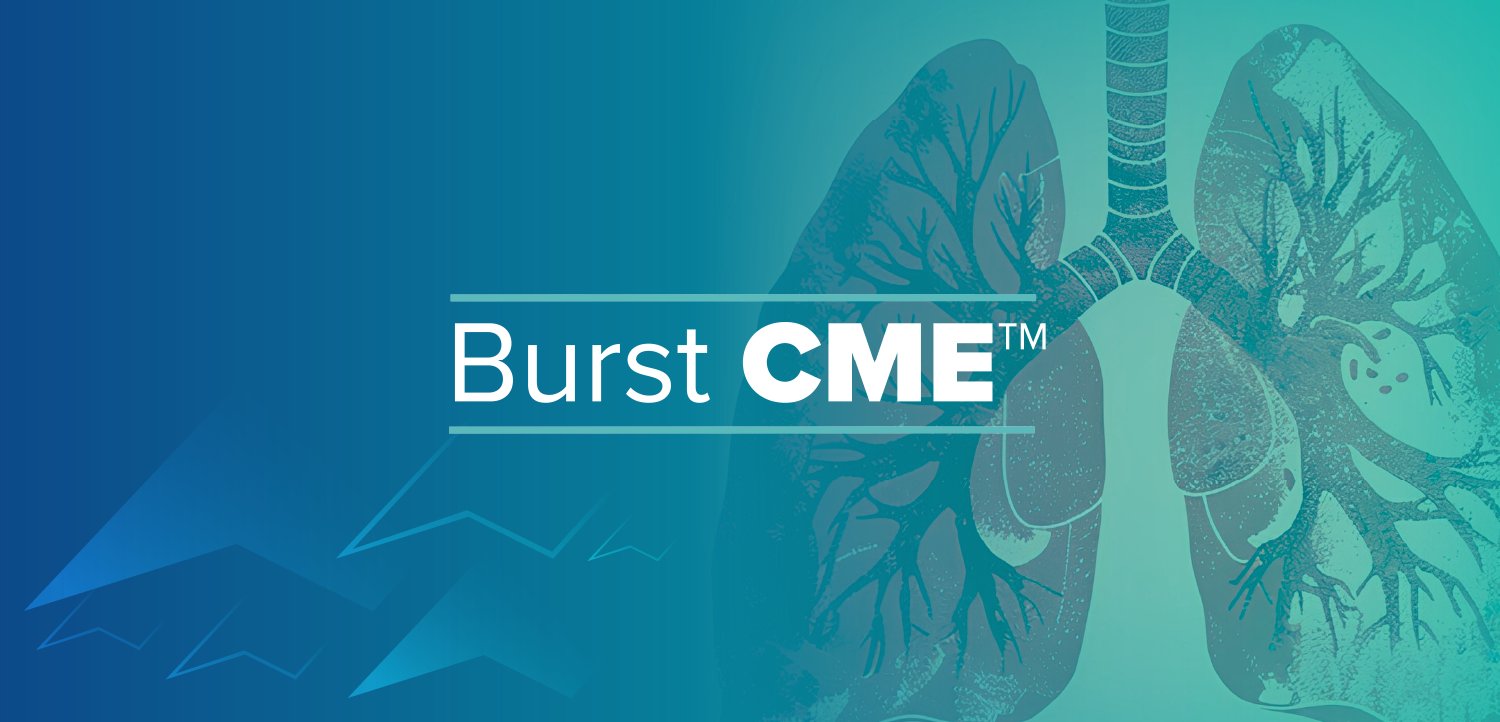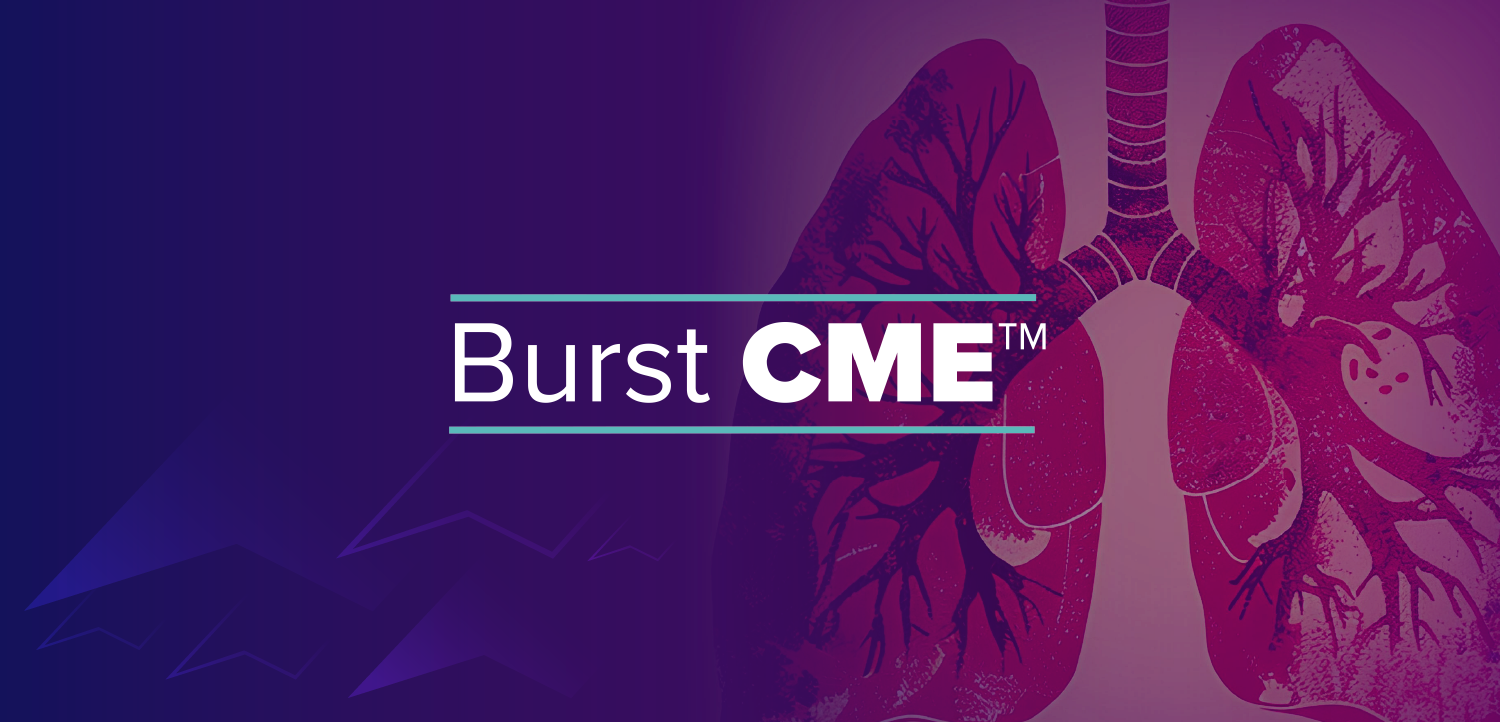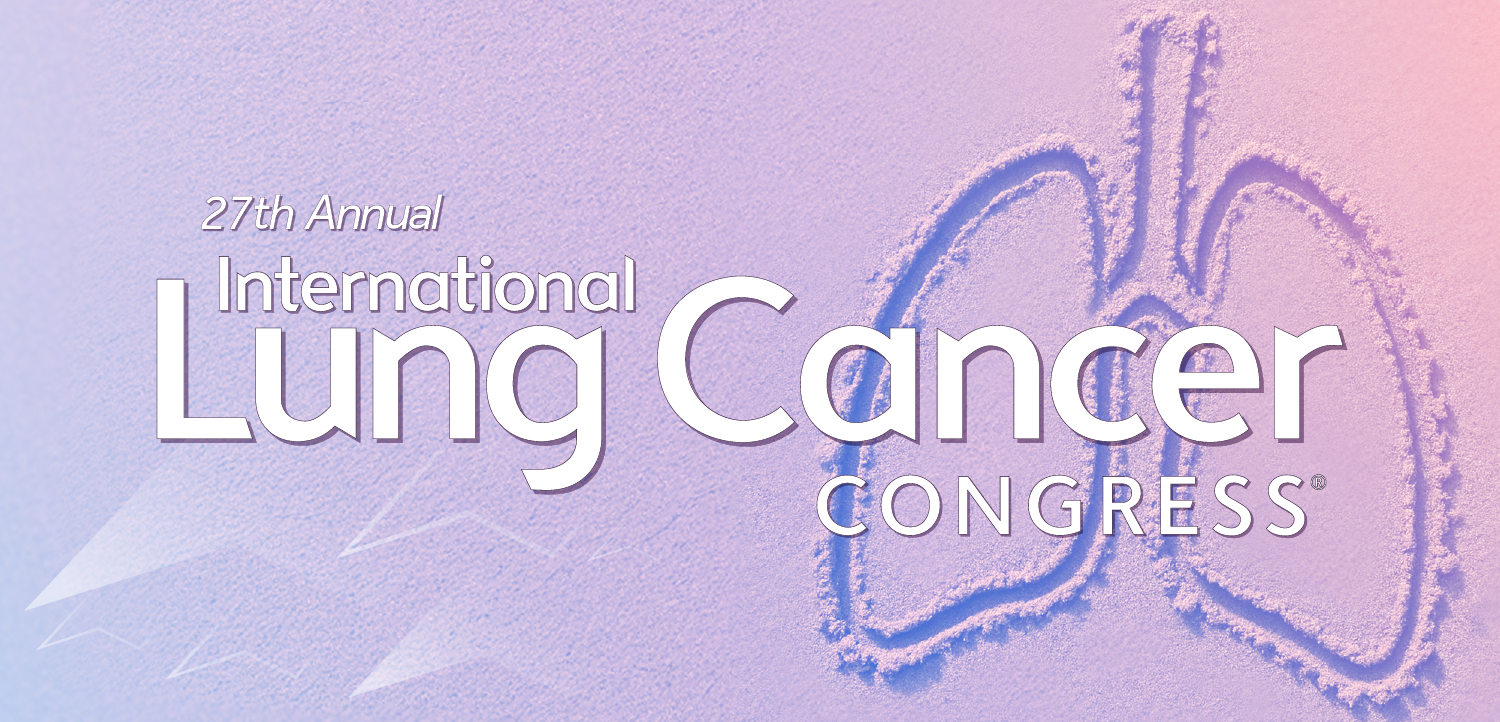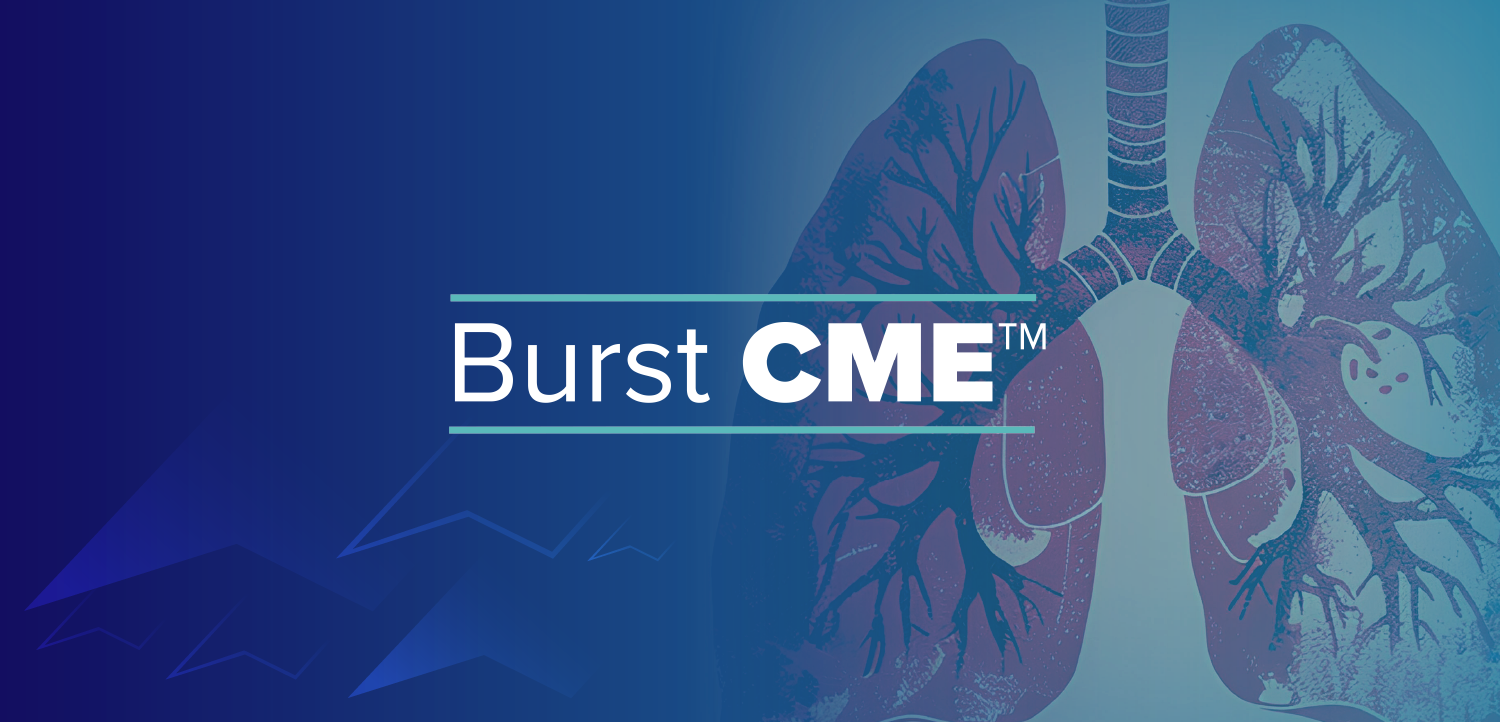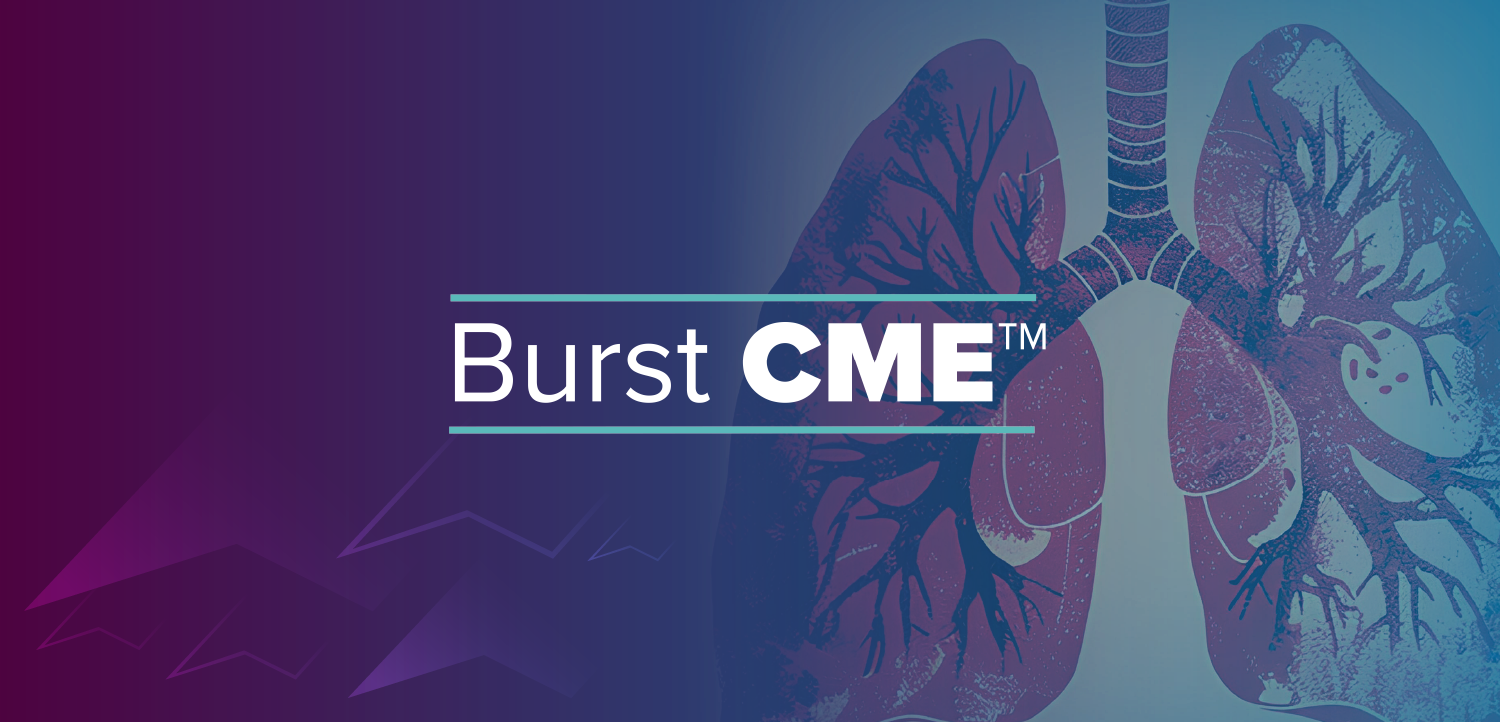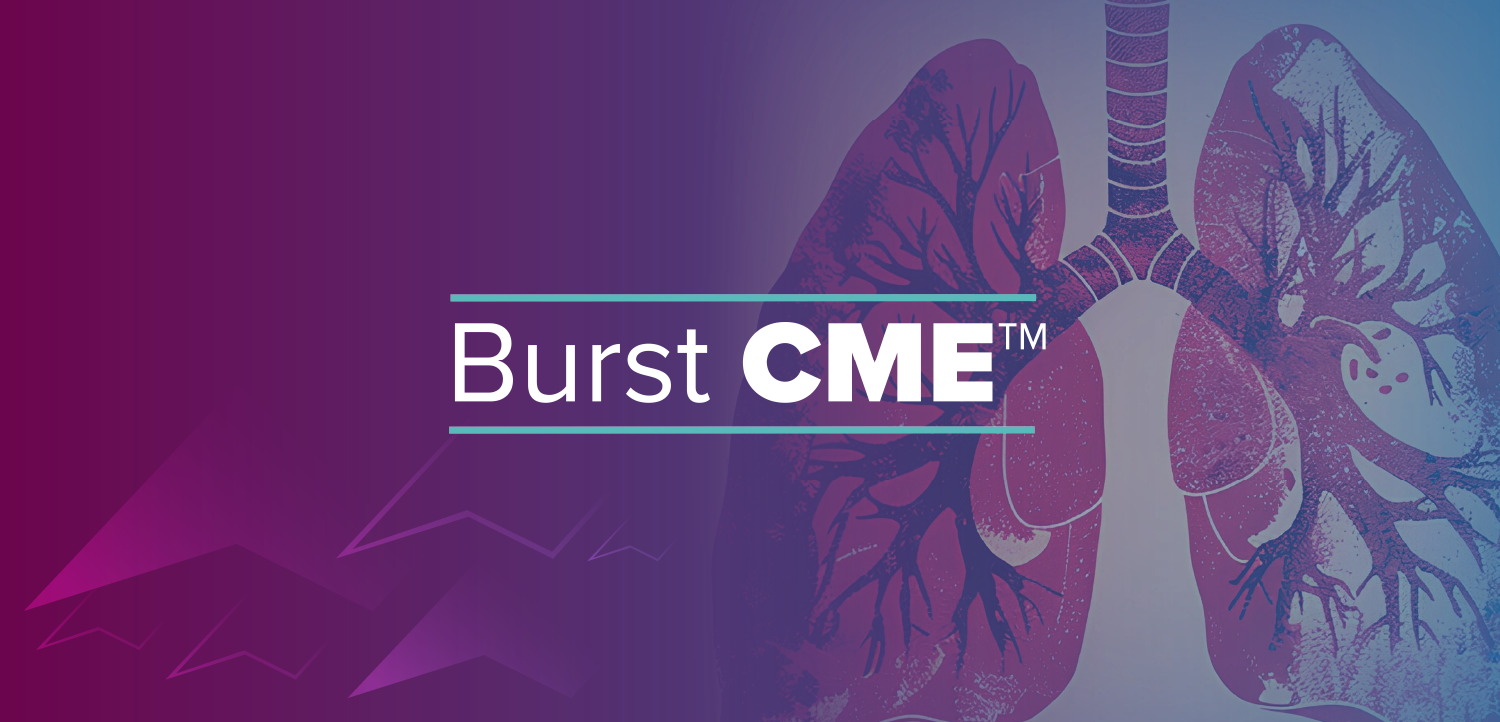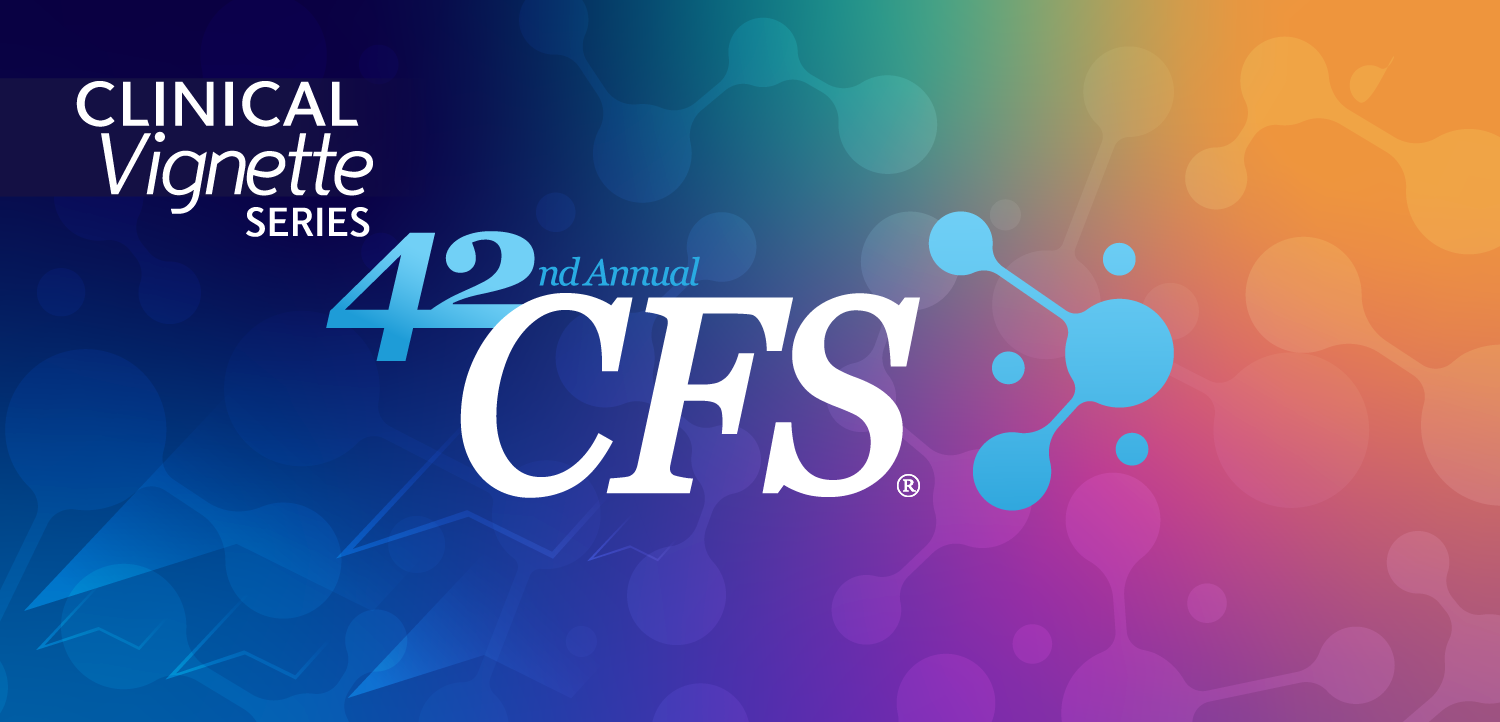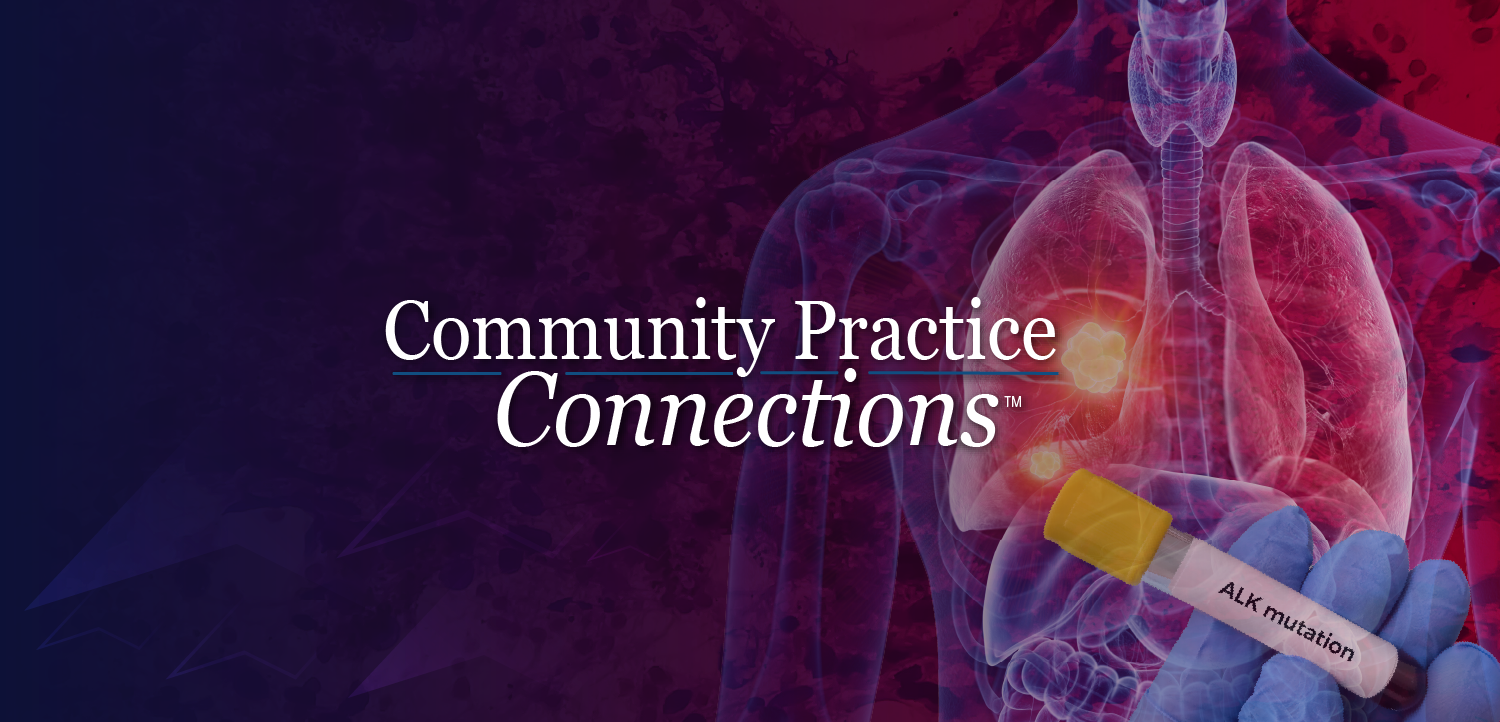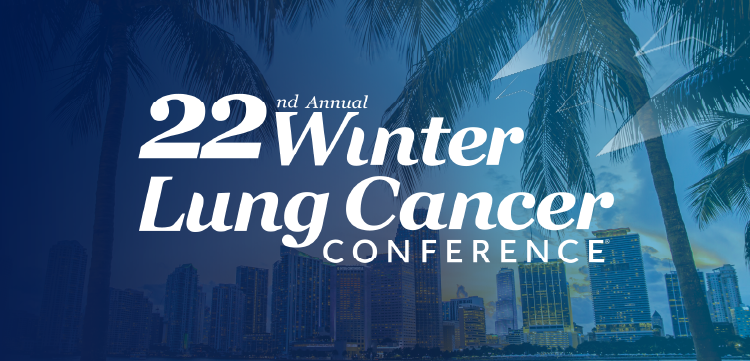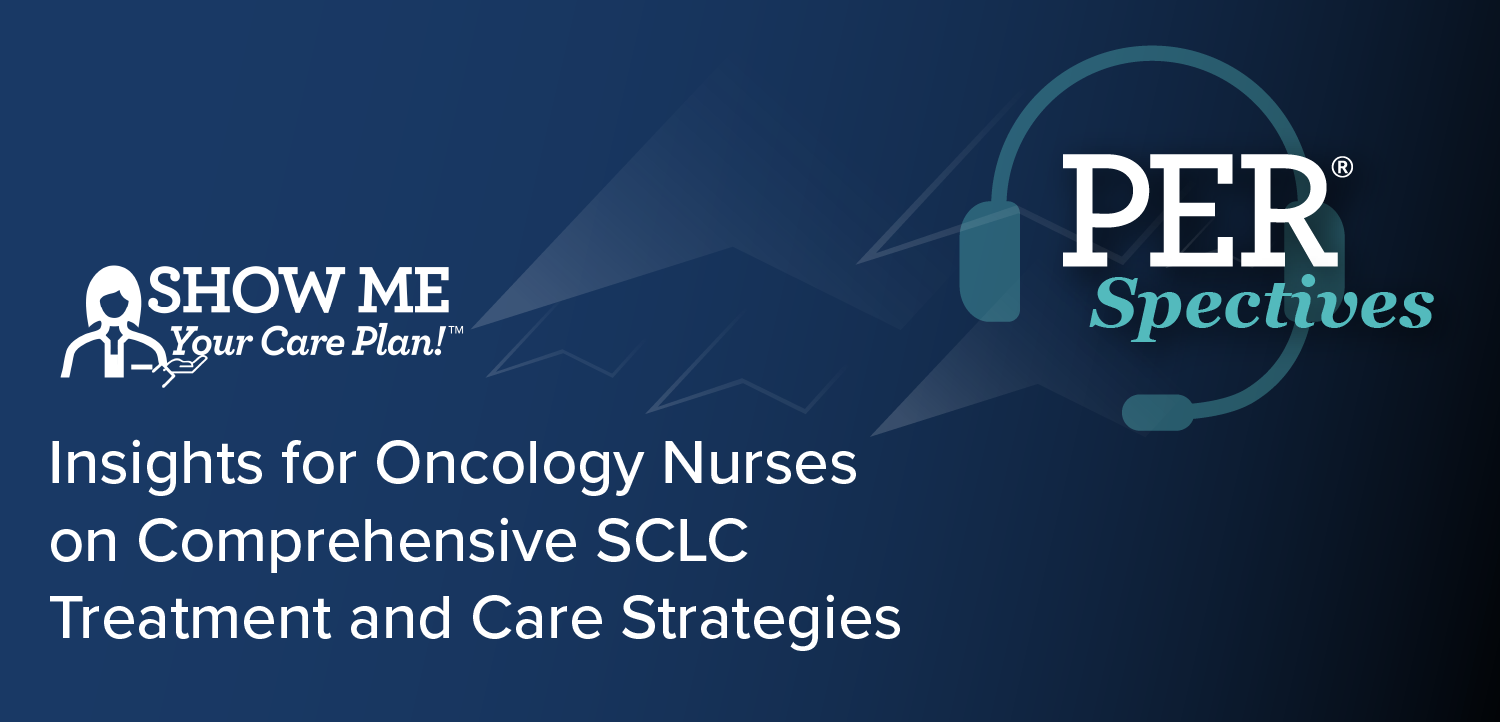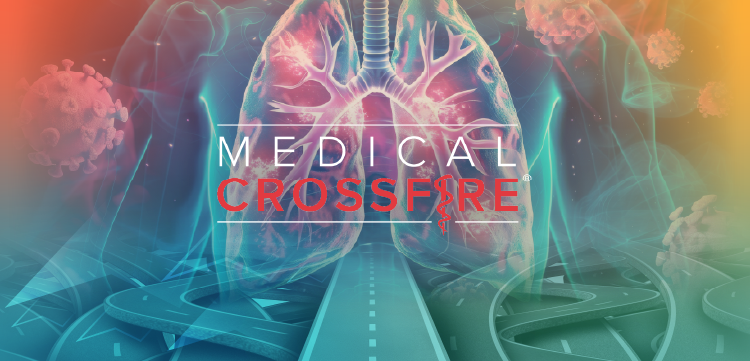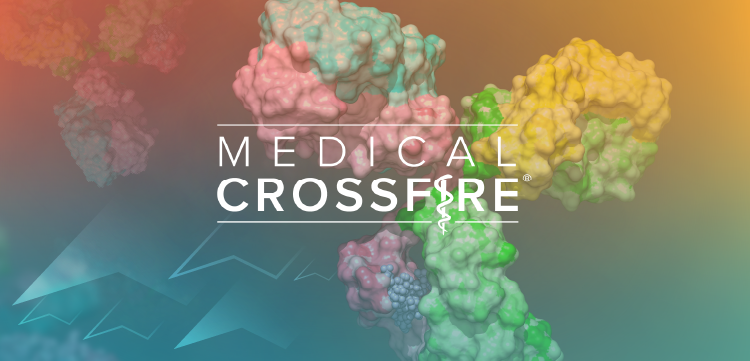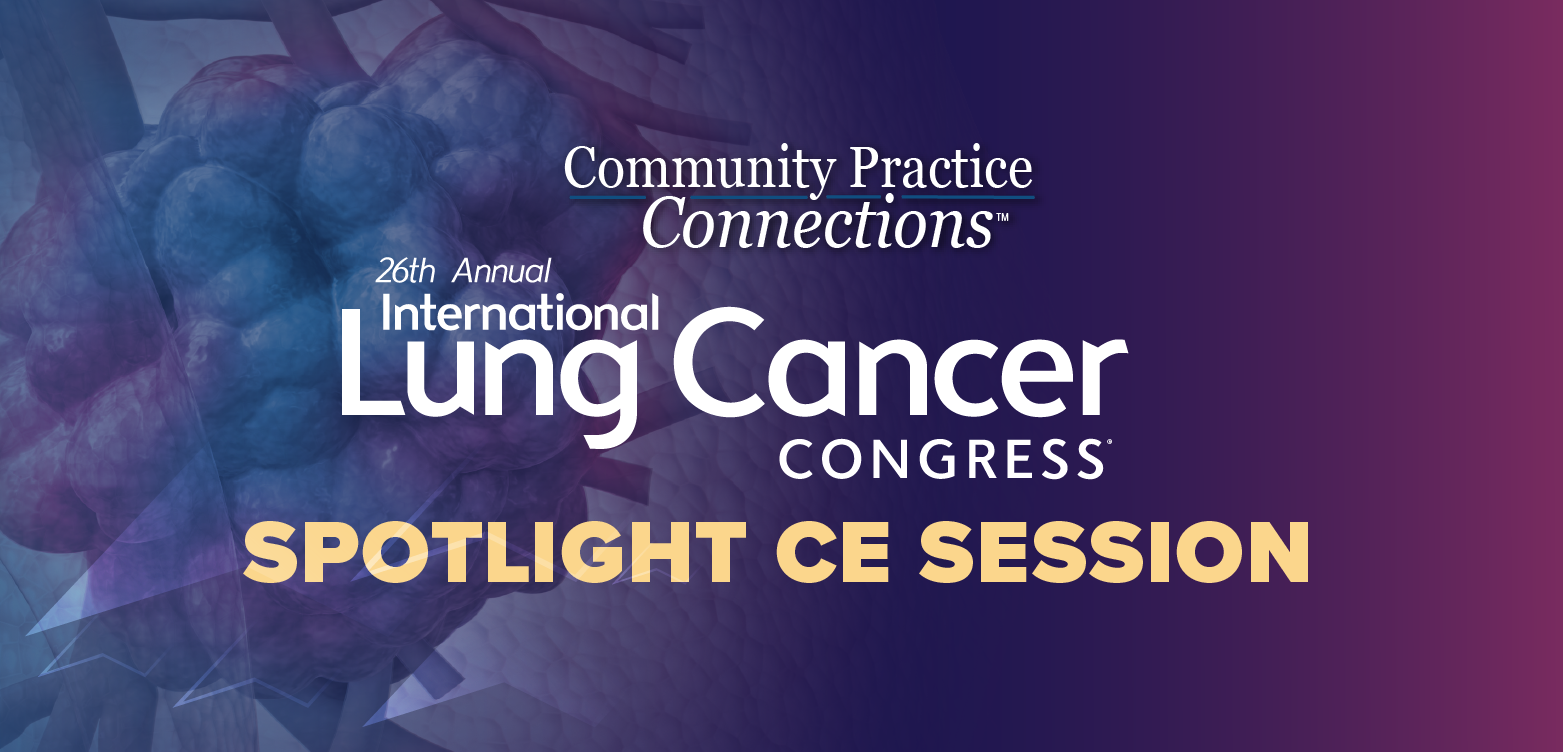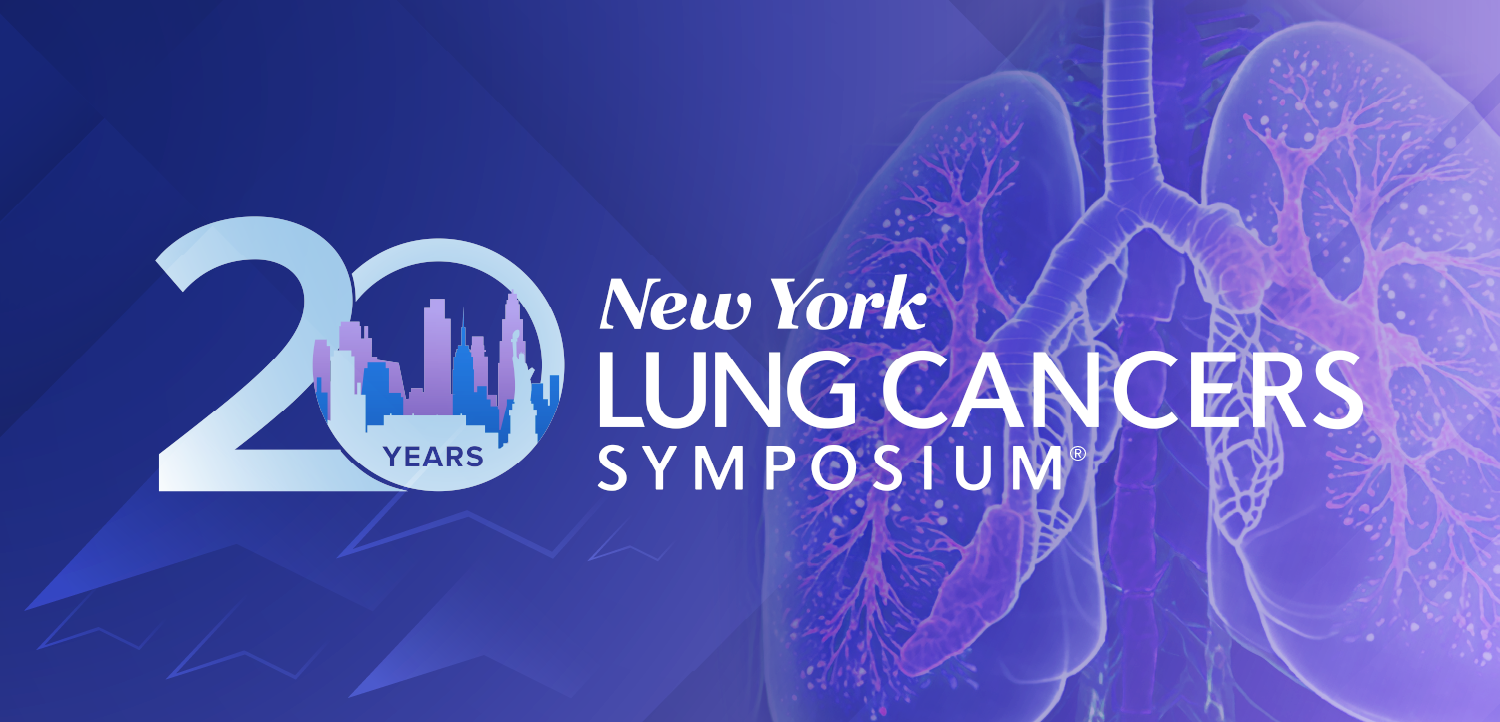
GAO: Drug Rebates Don’t Lower Costs for Medicare Patients
In total, Medicare beneficiaries paid $21 billion for 100 drugs that receive the most rebates, while health plans paid $5.3 billion after rebates.
Healthcare insurers that provide Medicare Part D prescription drug coverage received $48.6 billion in rebates from drug manufacturers in 2021, according to a recent
In total, beneficiaries paid $21 billion for 100 drugs that received the most rebates, while health plans paid $5.3 billion after rebates. In fact, Medicare patients paid more than health plans for 79 of these top 100 drugs.
Based on these findings, the GAO recommends that the Center for Medicare and Medicaid Services monitor drug rebates, saying this would not require CMS to interfere with negotiations between health plans and drug manufacturers. Monitoring, GAO said, would provide insight on the influence rebates have on formularies and whether that would discourage enrollment for certain patients.
The Department of Health and Human Services, however, said monitoring of rebates is not necessary. HHS already reviews health plan formularies to ensure they don’t discourage enrollment. HHS in its response to the GAO report said future benefit design may change because of the Inflation Reduction Act’s new Medicare drug price negotiation program.
The GAO was asked by U.S. Senators Amy Klobuchar (D. MN) and Richard Blumenthal (D-CT), as well as House Minority Leader Hakeem Jeffries (D-NY), to examine rebates in the Part D program and assess the implications for health plans and beneficiaries. The GAO analyzed data for drug rebates in 2021, the most recent available.
The GAO analysis found that drug manufacturers paid health plans $48.6 billion in rebates, or 23% of the $210.6 billion in Part D gross expenditures. The analysis found that three drug classes accounted for 73% of rebates: endocrine metabolic agents, including antidiabetic drugs; blood modifiers, including anti-stroke drugs; and respiratory agents, including anti-asthma drugs. Of the $48.6 billion in rebates, 84.2% for just 100 drugs, which represents 1.3% of all covered Part D drugs.
As part of this analysis, the GAO spoke with CMS officials, plan sponsors, and manufacturers. Health plans and manufacturers said the goal of rebates was obtain drugs at the lowest net cost as a way to lower premiums. Health plans frequently have placed these rebated drugs on their formularies with preferred status, the GAO found, and generics for 40 of the rebated drugs were less likely to be given preferred placement.
The GAO analysis also found that copays paid by Medicare beneficiaries were based on the gross cost of the drug before the rebate. For 79 of the 100 highest rebated Part D drugs, beneficiaries spent $21.0 billion and health plans spent $41.9 billion. But after rebates, health plans spent $5.3 billion.
The higher spend also impacts the overall Medicare program, because Medicare is “responsible for a large proportion of beneficiary cost-sharing for beneficiaries receiving low-income subsidy assistance,” the GAO noted in its conclusion.
Newsletter
Get the latest industry news, event updates, and more from Managed healthcare Executive.

